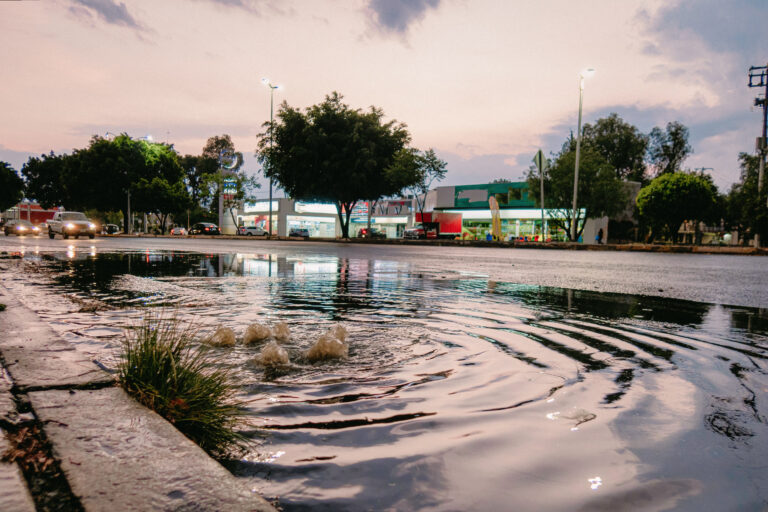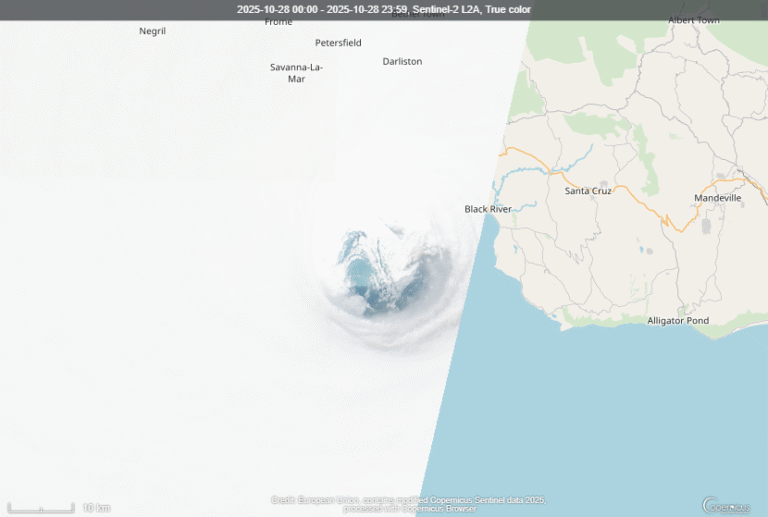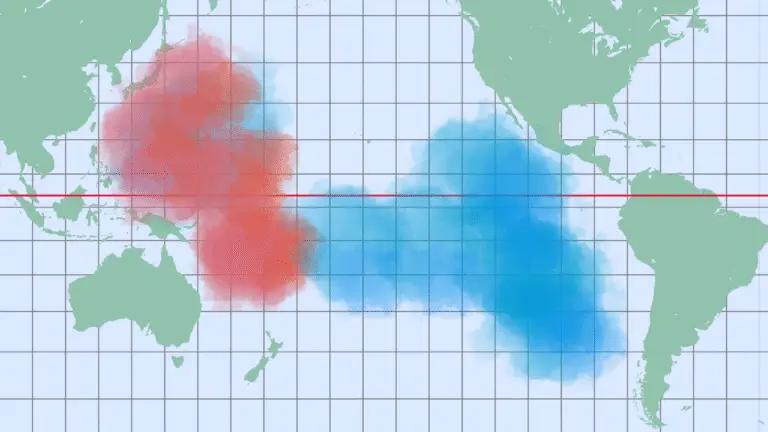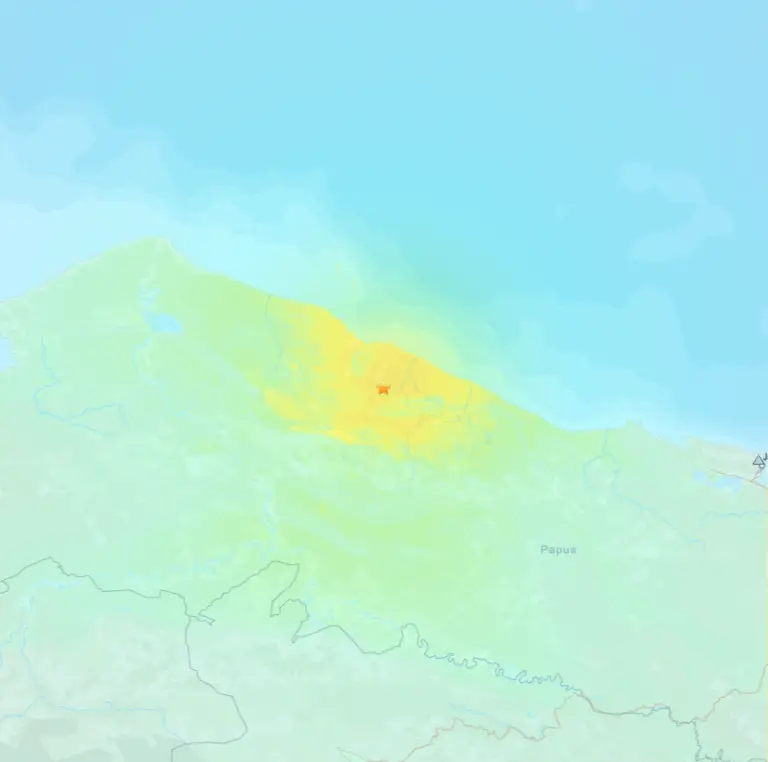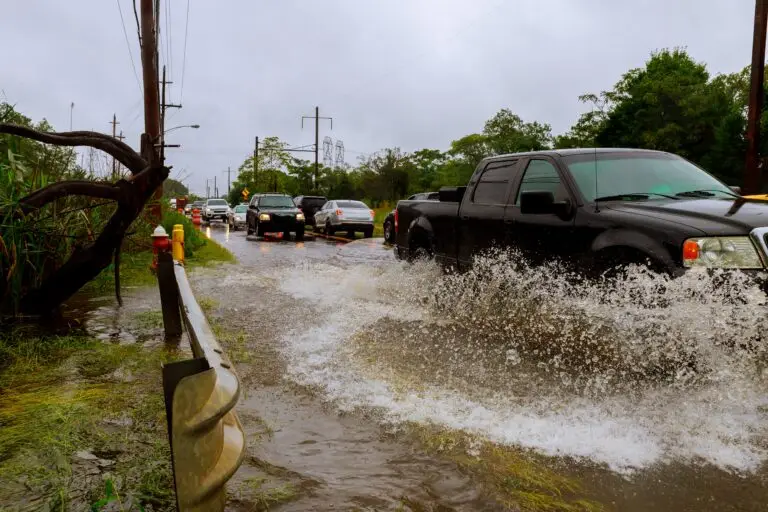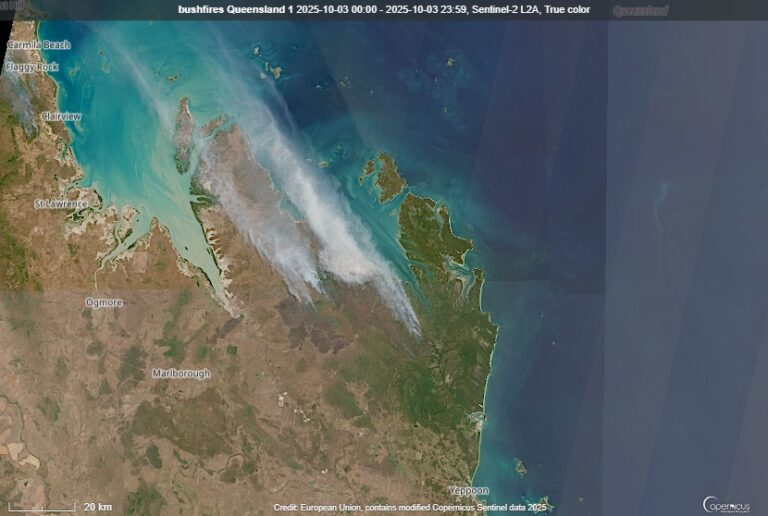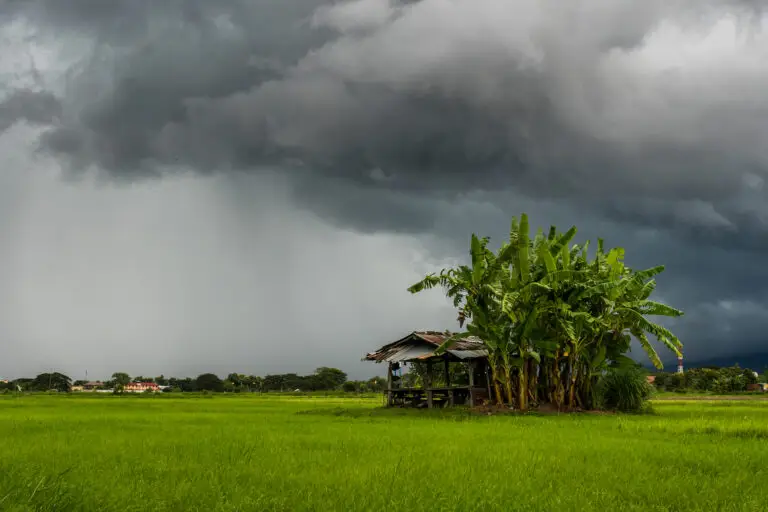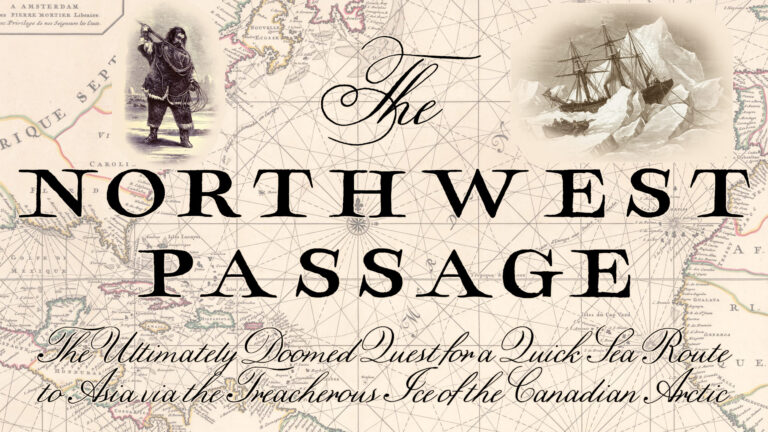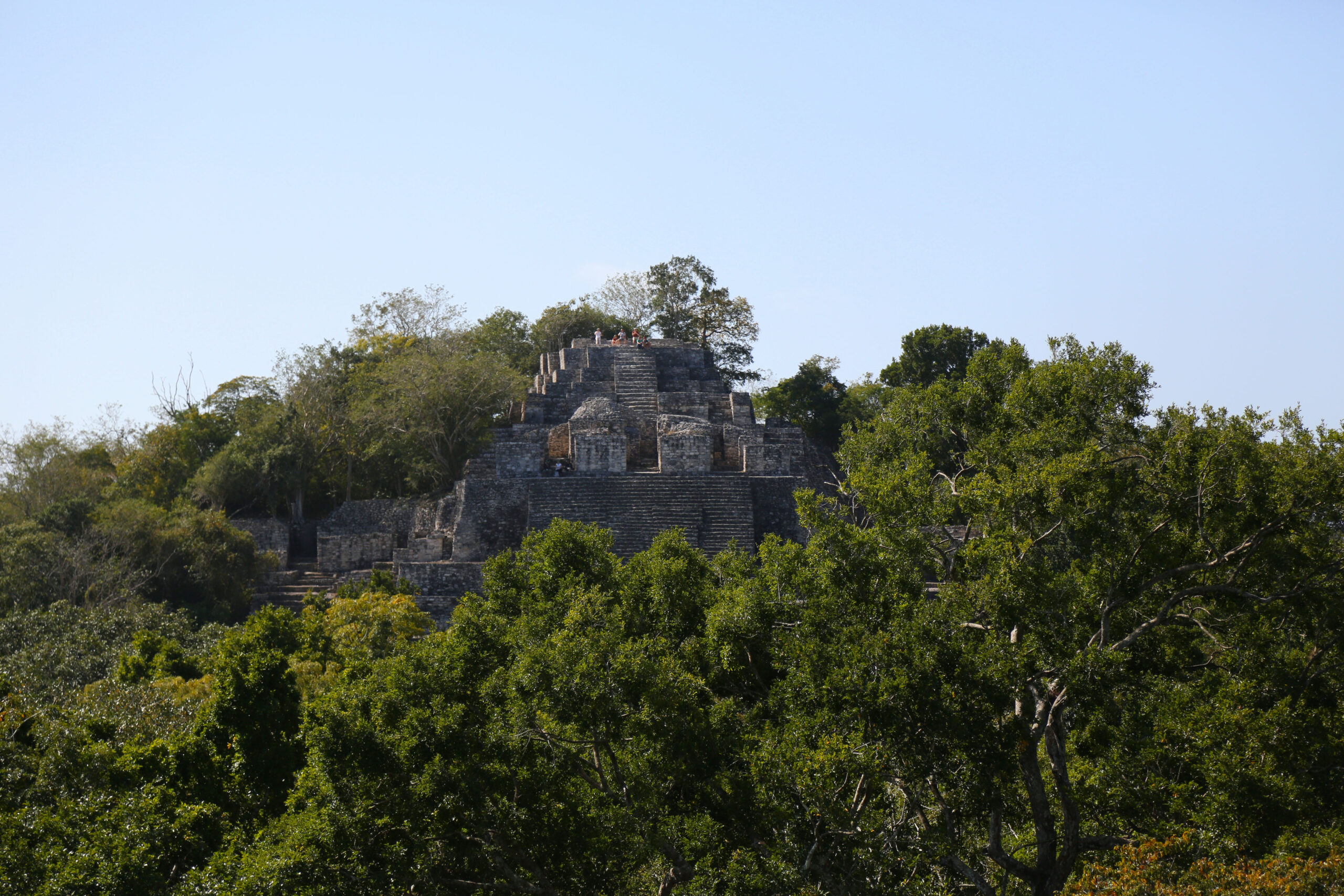The Vikings: Ruthless Conquerors or Pioneering Explorers?
The Viking Age was more than a saga of bloodshed and conquest—it was a transformative period that reshaped Europe, fostered new trade routes, and sparked the first transatlantic voyages. Stretching from the late 8th century to the early 12th, this era saw Norse seafarers from Scandinavia expand their reach from icy fjords to sunlit monasteries, and from local farmsteads to the shores of North America. Often misunderstood as ruthless barbarians, the Vikings were also skilled navigators, resourceful settlers, and vibrant cultural agents. Their story is not only about what they destroyed—but what they built, explored, and ultimately, how they shaped our modern world.
Climate and Habitat
Scandinavia during the early Middle Ages presented a landscape as unforgiving as it was breathtaking. Towering mountains, thick forests, and narrow fjords, especially prominent in Norway and northern Sweden, defined the physical environment. This rugged terrain made large-scale agriculture difficult, so Viking communities adapted to a seasonal rhythm. During the brief yet vital summers, Norse farmers planted barley and rye, tended livestock, and preserved food for the harsh winters by drying fish and salting meat.
Crucially, this period overlapped with the Medieval Warm Period, a climatic phase from around 900 to 1300 AD marked by slightly warmer average temperatures across northern Europe. This modest warming extended the boundaries of agriculture, enabling Norse settlers to farm in more marginal areas like Iceland and Greenland. It was a turning point that facilitated the Viking westward expansion. However, by the 13th century, a cooling trend emerged—the Little Ice Age. Winters grew longer, sea ice blocked trade routes, and farming became more precarious. These climate shifts played a subtle but significant role in both the rise and eventual decline of Viking settlements abroad.
Shipbuilding and Navigation
If the Scandinavian environment shaped the resilience of the Vikings, it was their ships that carried them across the known and unknown world. Central to Viking dominance was the longship—an engineering marvel that was both swift and maneuverable. Using clinker-building methods, shipwrights overlapped planks of wood along the hull and secured them with iron rivets, creating a structure that was simultaneously strong and flexible. This allowed the ships to handle rough seas while navigating shallow rivers and beaching on almost any shore.
With a square woolen sail and rows of oars manned by warriors, longships could reach speeds up to 15 knots. Their shallow drafts enabled beach landings and quick getaways, perfect for raids and explorations. Yet, Vikings also built broader cargo vessels called knarrs. These ships were the logistical backbone of Norse expansion, transporting goods, animals, and people between distant colonies. Their ability to travel vast distances without advanced navigation instruments is a testament to Viking ingenuity. Instead, they used the stars, sun, currents, and possibly even sunstones—polarizing crystals—to guide their voyages.
Viking Expansion Across Europe
From the late 8th to 11th centuries, the Vikings expanded across Europe in independent warbands seeking prestige and silver. In England and Scotland, their incursions began with lightning raids on coastal monasteries and towns, but by 865 AD, the dynamic shifted dramatically with the arrival of the Great Heathen Army. This force aimed not only to plunder but also to conquer and settle, eventually establishing control over large swathes of northern and eastern England, an area known as the Danelaw. Even as Anglo-Saxon leaders like Alfred the Great fought to reclaim their territories, the Viking influence remained embedded in the land and governance. The climax came in 1016 when Danish King Cnut the Great ascended to the English throne, creating a North Sea empire that tied together England and Scandinavia through shared rule and commerce.
H3: Viking Settlements in Ireland and Normandy
In Ireland, Viking warriors initially clashed with local populations but gradually transitioned from raiders to settlers. In 841, they founded Dublin, which started as a fortified encampment and evolved into a key trading city. Over time, Norse settlers established other significant towns like Galway, Cork, and Waterford. The interactions between Norse and native Irish, though initially violent, gradually evolved into a cultural blending characterized by intermarriage, shared trade networks, and mutual influence.
On the continent, across the Channel in what is now France, the Vikings pushed inland via the Seine River. One of their most notable conquests was the sack of Paris in 845. The Frankish response was strategic rather than confrontational; King Charles the Simple granted land to Viking leader Rollo, who founded Normandy, a duchy whose name literally means “land of the Northmen.” Normandy would later play a pivotal role in European history, including the Norman Conquest of England in 1066.
H3: Viking Influence in Eastern Europe and the Rus
In Eastern Europe, a different narrative unfolded. Swedish Vikings, known as Varangians, sailed across the Baltic Sea and navigated the complex river systems of what is now Russia and Ukraine. They founded key settlements like Ladoga and Novgorod, eventually giving rise to the powerful state of Kievan Rus. These Norse settlers controlled important trade routes along the Dnieper and Volga rivers, reaching as far as the Byzantine Empire and the Islamic Caliphate. Goods such as furs, honey, amber, and slaves flowed through their hands. Some of these Viking warriors entered the service of the Byzantine Emperor as part of the elite Varangian Guard, known for their loyalty and fearsome combat skills.
Norse Colonies in Iceland, Greenland, and Vinland
Viking ambitions extended far beyond Europe. In the late 9th century, Norse seafarers sailed westward into the uncharted waters of the North Atlantic. Around 874, a Norwegian chieftain named Ingólfur Arnarson arrived on the rocky coasts of a mist-covered island and established the first permanent Norse settlement in what would become Reykjavík, Iceland. The name itself—meaning “smoky bay”—reflected the island’s geothermal activity. Iceland, then sparsely populated by a few Irish monks, rapidly became a new frontier for Viking culture and society.
Soon after, Erik the Red, a figure both infamous and visionary, was exiled from Iceland for manslaughter. Rather than disappear into obscurity, he sailed even farther west and discovered a vast and icy new land. To entice settlers, he called it Greenland, despite its harsh terrain and colder climate. This clever marketing worked, and in 986 he led a fleet to establish two principal colonies—the Eastern and Western Settlements. For a time, aided by the warmth of the Gulf Stream and the Medieval Warm Period, these communities thrived.
H3: Leif Erikson and the Norse in North America
The Norse didn’t stop at Greenland. Around the year 1000, Erik’s son, Leif Erikson, journeyed even further west. He landed in a region he called Vinland, believed to be located in present-day Newfoundland, Canada. Unlike Greenland, Vinland featured forests, fresh water, and wild grapes—leading to its evocative name. Modern archaeology, particularly the discovery of a Norse settlement at L’Anse aux Meadows, confirms the reality of these voyages. However, the Norse presence in North America was brief. Conflicts with Indigenous populations, long supply lines, and severe winters led to the eventual abandonment of these outposts.
Viking Heartlands: Uppsala, Birka, and Hedeby
While Viking expeditions spread across the globe, the heart of their civilization remained rooted in Scandinavia, where centers of trade, governance, and religion flourished. In Sweden, the ancient site of Gamla Uppsala emerged as a key religious and political hub. According to historical texts like those of Adam of Bremen, it featured a grand temple dedicated to Norse deities such as Odin, Thor, and Freyr. Every nine years, significant sacrifices—sometimes human—were held to ensure peace, prosperity, and divine favor. Monumental burial mounds in the area underscore its importance as both a cultural and spiritual capital.
H3: Birka—Sweden’s First Urban Trading Post
Another major center was Birka, founded on the island of Björkö in Lake Mälaren near present-day Stockholm. Often described as Sweden’s first true urban settlement, Birka became a vibrant hub of trade linking Scandinavia to the wider world, including Eastern Europe and even the Middle East. Goods like furs, iron tools, amber, and textiles passed through its markets, drawing merchants from diverse backgrounds. In 829, the town welcomed Christian missionary Ansgar, marking one of the earliest attempts to introduce Christianity into Viking society.
H3: Hedeby—Denmark’s Commercial Powerhouse
Meanwhile, in Denmark, the town of Hedeby stood at a geographical and commercial crossroads. Situated near the base of the Jutland Peninsula, it connected the North Sea and Baltic via a short overland route. This strategic position made it Denmark’s most vital trading center for centuries. Hedeby boasted skilled shipbuilders, blacksmiths, and coin makers. Artifacts unearthed there suggest bustling markets with goods arriving from as far as the Islamic Caliphate. Despite its prosperity, Hedeby was eventually attacked and destroyed, likely due to its wealth and strategic importance.
Daily Life, Social Order, and Religion
Despite their fierce reputation, most Vikings were not warriors but farmers, fishermen, and craftsmen. Their daily lives revolved around the land and sea. Longhouses, constructed from timber or turf, served as homes for extended families and were the centers of domestic activity. Meals included porridge, salted fish, meat, dairy, and bread, while woolen clothing and iron tools were crafted locally.
Viking society was stratified into jarls (nobility), karls (free people), and thralls (enslaved laborers). Governance occurred in assemblies called things, where laws were made and disputes settled—a democratic feature rare for its time. Iceland’s Althing, founded in 930 AD, is one of the oldest known parliaments.
Their religion was rich with deities like Odin, Thor, and Freyr, who embodied wisdom, war, and fertility. Worship was communal, often involving sacrifices for good harvests or protection. Norse mythology, preserved through sagas and eddas, reflects their worldview—a blend of heroism, nature reverence, and fatalism. Women held a respected status, managing farms, owning property, and sometimes wielding political power. Runestones and burial sites reveal that even in death, Vikings honored their social order and spiritual beliefs.
Lasting Legacy of the Vikings
Although the Viking longships have vanished from Europe’s coasts, their legacy remains deeply embedded in modern culture and society. Linguistically, Old Norse influenced many modern languages—particularly English. Everyday words like “sky,” “egg,” “window,” and “law” have Norse origins, and place names across Britain and Ireland still bear Norse suffixes like -by, -thorpe, and -wick.
Thousands of runestones across Scandinavia stand as lasting monuments to Viking stories, voyages, and losses. These granite markers—often adorned with runes—commemorate family members, express religious beliefs, and serve as records of migration and conquest. Some are Christian, some pagan, and many blend both, highlighting a transitional era.
Modern genetic studies confirm what history suggests: Norse ancestry is widespread across the British Isles, coastal France, and parts of Russia and Ukraine. Vikings left not only cultural but also biological imprints on the peoples they encountered. Their mythology thrives in books, film, and popular culture, while museums and archaeological sites across Scandinavia, Britain, and Canada continue to reveal new insights into this dynamic civilization.
Frequently Asked Questions About the Viking Age
Q1: When did the Viking Age begin and end?
The Viking Age traditionally spans from the raid on Lindisfarne in 793 AD to around the early 12th century, when Scandinavian kingdoms consolidated and raiding ceased.
Q2: Did Vikings really wear horned helmets?
No. The popular image of horned helmets is a myth. Archaeological evidence shows that Viking helmets were typically conical, made of iron or leather, and lacked horns.
Q3: How did Vikings navigate without compasses?
Vikings relied on the sun, stars, wind patterns, sea currents, and tools like sunstones to navigate. They had an intimate understanding of the sea and coasts.
Q4: Where did Vikings settle outside of Scandinavia?
Vikings established settlements in England, Ireland, France (Normandy), Iceland, Greenland, and briefly in North America (Vinland, now part of Canada).
Q5: What was daily life like for a Viking?
Most Vikings were farmers who lived in extended families. They grew crops, fished, raised livestock, and crafted tools. Social life revolved around seasonal work and gatherings at assemblies (things).
Q6: What modern influences can be traced back to Vikings?
Their legacy lives on in language (many English words have Norse origins), place names, democratic practices, genetic ancestry, and popular culture including mythology and literature.
Conclusion: The Enduring Echoes of the Viking Age
The Viking Age was not just an episode of medieval violence—it was a period of intense cultural, environmental, and political change. From their innovative ships and strategic warfare to the societies they built and the myths they left behind, the Vikings shaped history far beyond their fjords. They forged trade networks, founded new cities, experimented with democratic principles, and tested the boundaries of the known world.
Though their raids eventually gave way to state-building and Christian conversion, the Viking spirit of exploration and adaptation lives on. Their story is a vivid reminder that history is often more complex than legend—and that those we remember as conquerors were also creators, innovators, and connectors of civilizations.


